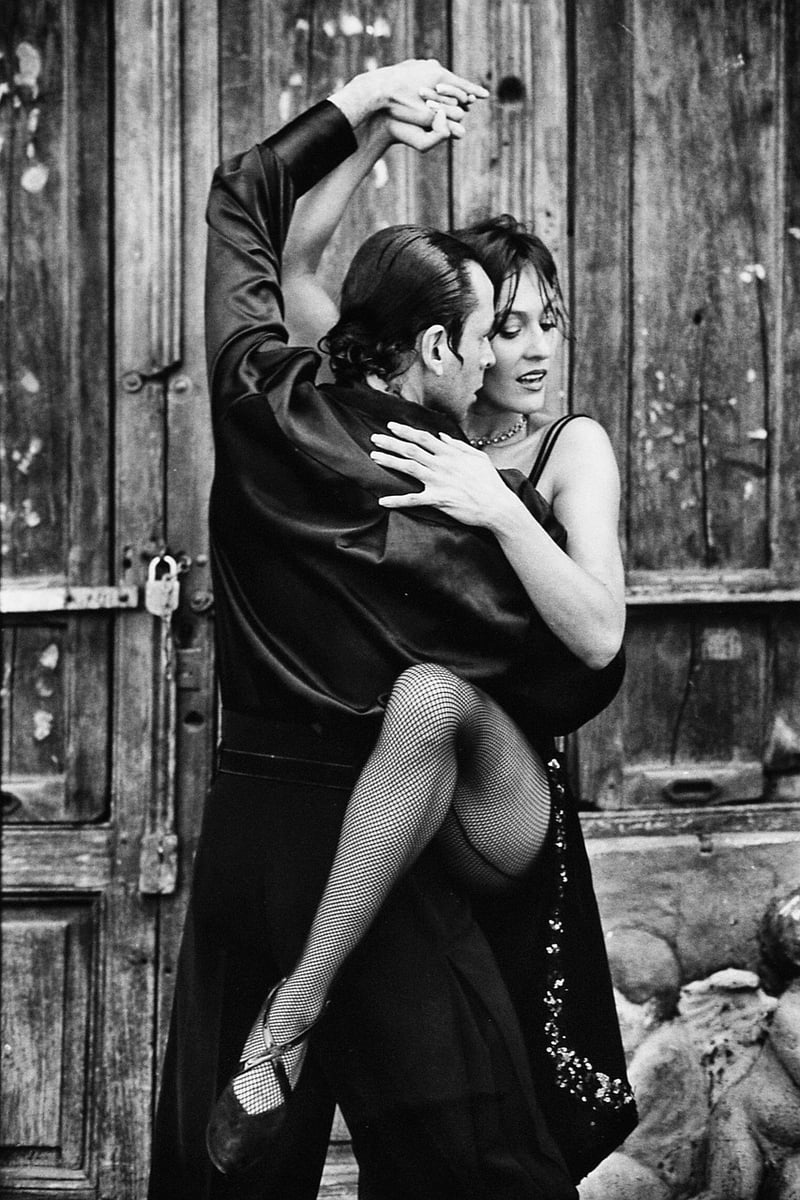Hip-Hop
Exploring Expressive Movement Forms in Hip-Hop
When it comes to dance, Hip-Hop stands out as one of the most dynamic and expressive movement forms. Originating from street dance culture, Hip-Hop encompasses a wide range of styles that allow dancers to convey emotions, tell stories, and showcase individuality through movement.
The Power of Hip-Hop Dance
Hip-Hop dance is not just about physical movements; it is a form of self-expression that connects dancers with their inner emotions and creativity. From the fluidity of movements in freestyle to the precision of choreographed routines, Hip-Hop offers a platform for dancers to communicate without words.
Elements of Hip-Hop Dance
Hip-Hop dance comprises various elements that contribute to its rich and diverse nature:
- B-boying/B-girling: Known for its acrobatic moves and footwork, this style emphasizes strength and agility.
- Locking and Popping: Characterized by quick, sharp movements and isolations, these styles focus on creating contrast and dynamics.
- Waacking and Voguing: With origins in the LGBTQ+ ballroom scene, these styles emphasize grace, precision, and theatricality.
- Krumping: A high-energy and aggressive style that allows dancers to release intense emotions through movement.
Embracing Diversity and Inclusivity
One of the most remarkable aspects of Hip-Hop dance is its ability to bring people together from diverse backgrounds. Regardless of age, gender, or cultural heritage, Hip-Hop welcomes everyone to express themselves authentically through dance.
Image Gallery


Conclusion
Hip-Hop dance not only serves as a form of artistic expression but also as a means of cultural celebration and social connection. Whether you're a seasoned dancer or a novice enthusiast, exploring the diverse and vibrant world of Hip-Hop movement forms can be a transformative and exhilarating experience.
So put on your dancing shoes, turn up the music, and let the rhythm guide you as you immerse yourself in the creativity and energy of Hip-Hop dance!
